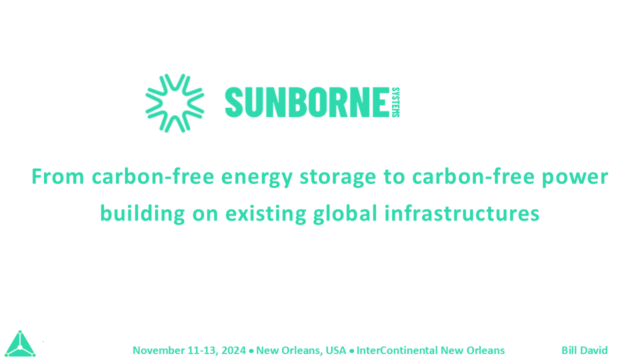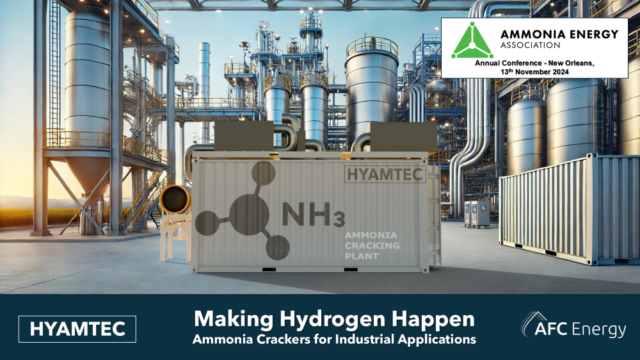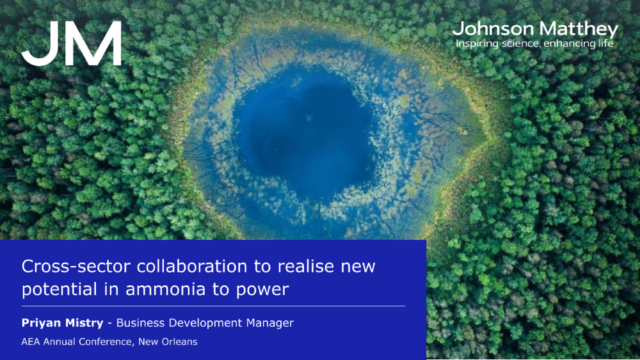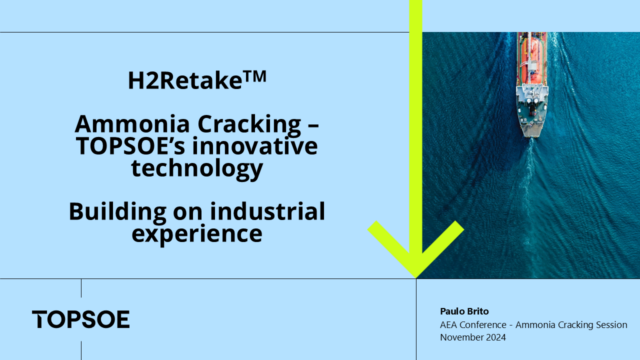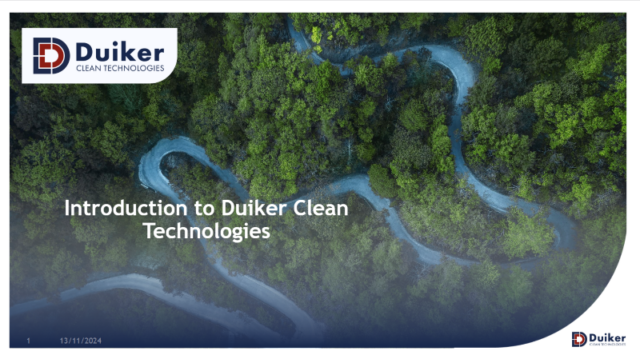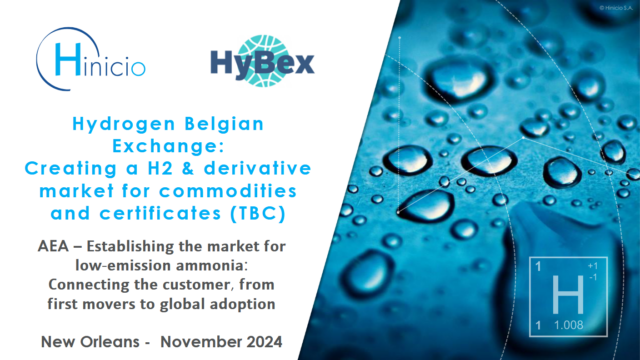Presentation
Sunborne reborn!
Despite successfully demonstrating 56kW of controlled combustion of partially cracked ammonia in October 2023, Sunborne Systems was unable to secure Series A funding at the beginning of 2024. Since then, the co-founders have secured UK government funding to tackle two of the challenges set out for Series A funding: to further develop their patented catalysts and to address issues associated with ammonia slippage and NOx emissions. Future opportunities will be discussed.
